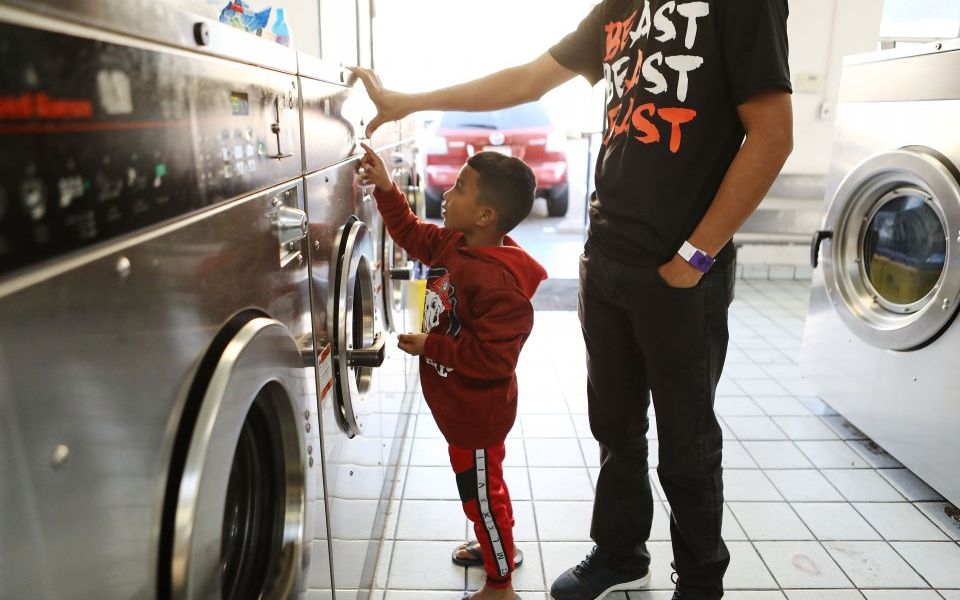Laundry is the biggest source of microplastic pollution – here’s how we tackle the issue

Anyone who is yet to wake up to the issue of plastic polluting our rivers and seas must have their head in the sand.
Programmes such as Blue Planet and Drowning in Plastic have done a brilliant job of showing us the terrible damage being wrought on the environment by discarded plastic.
Heartrending images of whales, seals, and dolphins caught in discarded fishing gear, or sea birds dying after eating plastic bottle tops and cigarette lighters, are enough to make us all want to do something to stop it.
And this is just the plastic we can see. Every year, millions of tonnes of plastic flows freely into the world’s marine environments unseen.
Many of us are familiar with microplastics and the damage they can cause. But the biggest source of microplastic pollution is our clothes: tiny pieces of synthetic fibres called microfibers.
Clothing companies like Patagonia and researchers at the University of Plymouth have shown how – every time we wash clothes containing synthetic fibres such as nylon, polyester and acrylic – microscopic fibres break off and are released into the environment. This amounts to hundreds of thousands of fibres from each wash.
Simply by doing our laundry, we are all, unwittingly, adding to the issue of plastic pollution. But just because we can’t see microfibers, doesn’t mean we can ignore them.
Scientists have shown microfibers are already entering the food chain, ingested by plankton, and then eaten by fish and shellfish before finding their way to supermarket shelves.
Recent campaigns about microfiber pollution have tended to focus attention on the fashion industry, urging manufacturers to switch to more sustainable textiles. This is part of the solution.
But this issue is too serious for just one industry to solve. We must work together to find the most effective long-term solutions.
Perhaps one of the easiest and most effective answers could be finding a way to stop microfibers getting from our washing machines into the sea. But most water treatment plants are not equipped to filter out such small fibres, and technology enabling them to do would be prohibitively expensive.
Innovative companies are looking at how you can contain microfibers in your washing machine by putting all your clothes in a bag before they go in the wash. Others have designed items that go in the machine with the clothes to try and catch the microfibers as they come off.
Our engineers at Xeros have developed a device that filters all the dirty water from the machine before it does down the drain, capturing more than 99 per cent of microfibers from your wash.
Whatever the solution is to microfiber pollution, it needs to be as simple and cost-effective as possible for consumers. I believe that fitting filtration to all new washing machines will help immensely.
Meanwhile, politicians must also address the environmental labelling of all new white-goods to make it fit-for-purpose. Consumers also need to be empowered to make informed choices about the full environmental impact of the goods that they buy.
This government has shown its willingness to tackle plastic pollution. I applaud it for tackling issues, such single-use plastics and banning microbeads in cosmetics.
But it urgently needs to address microfiber pollution from laundry, and help us all find a simple and effective solution to this critical issue.
Cleaning up the world we share, and protecting it for future generations, is everyone’s responsibility.